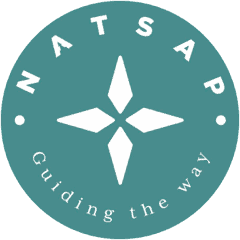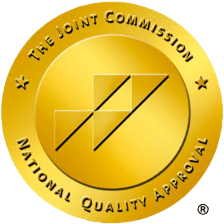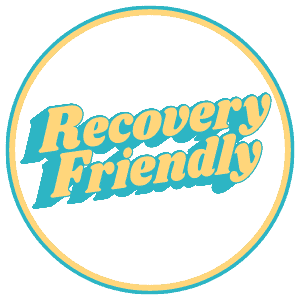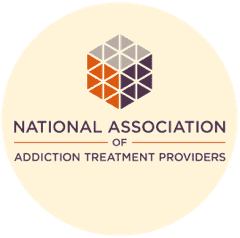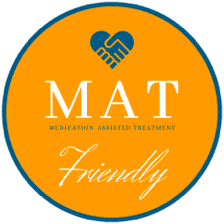Addiction is a chronic and progressive disease that worsens over time and must be managed long-term. Without managing your substance use disorder, you could experience a relapse. According to the National Institutes of Health, the addiction relapse rate is between 40 to 60%.[1]
Because it is common to relapse when recovering from an addiction, drug and alcohol rehab centers aim to teach you about the resources and tools needed to maintain lifelong sobriety. There are many different approaches that addiction treatment centers take, but one of the most successful techniques for preventing relapse is known as mindfulness-based relapse prevention (MBRP).
What is Mindfulness-Based Relapse Prevention (MBRP)?
To understand what mindfulness-based relapse prevention is, you have to know what mindfulness is. By definition, mindfulness is the act of being present and aware of something in a purposeful manner.
According to the American Psychological Association (APA), “Mindfulness can help people avoid destructive or automatic habits and responses by learning to observe their thoughts, emotions, and other present-moment experiences without judging or reacting to them.”[2]
Mindfulness-based relapse prevention (MBRP) uses the concepts of mindfulness to help you manage urges and triggers that could cause relapse. This technique is used after you have addressed the root causes of your addiction to prepare you to stay sober in the real world.
The two main techniques used in mindfulness-based relapse prevention include:
1. Staying Present
The entire point of MBRP is to teach you how to be present. To do this, you must learn how to take a step back during stressful or uncomfortable situations, be present at that moment, and understand that multiple outcomes could happen.
Typically, stressful situations cause us to draw predictions about how the moment will end and what will happen to us. Being aware of the fact that there are multiple ways a stressful situation can end will provide you with lessened anxiety and make you feel a little bit less uncomfortable.
Another aspect of staying in the moment is accepting that something makes you feel nervous, scared, angry, or uncomfortable. When you are scared, your natural response is to reject the feeling and seek out coping mechanisms to feel better. If you don’t have healthy coping mechanisms, you could turn to unhealthy coping mechanisms, such as drugs or alcohol. Instead, MBRP teaches you how acknowledging your fear will allow you to move through it rather than staying stuck in that feeling.
2. Urge Surfing
The second technique used in mindfulness-based relapse prevention is known as urge surfing. Urge surfing is a method used to prevent yourself from acting on a behavior that you are trying to reduce or stop completely. In the case of addiction, urge surfing is used to prevent you from acting on drug or alcohol cravings.
The point of urge surfing is to be able to recognize your cravings for substances without judging them. Once you acknowledge your craving and why you are experiencing it, you can manage it better without feeling the need to give in to it.
How to Practice Urge Surfing
Urge surfing is the main technique used during MBRP to avoid a relapse. Knowing how to use this technique can allow you to achieve lifelong sobriety.
If you are interested in trying out urge surfing for yourself, follow these steps:[3]
- Become aware of your cravings for substances when they start.
- Name your experience during an urge and notice that it is caused by internal thoughts and emotions.
- Imagine your urge as a wave that is going to roll in until it reaches a peak.
- Visualize the wave rolling away as you focus on your breathing.
- To slow your breathing, breathe in for 7 seconds and breathe out for 11.
- As your craving passes, analyze your experience and take note of how you were able to overcome your urge by making a different choice than you would have in the past.
Anytime you feel the urge to abuse substances, practice the steps over again. This might be more difficult to achieve the first time, however, after practicing urge surfing over and over again you will find that your cravings are easier to manage.
Get Help Now
If you or a loved one suffer from addiction, recovery is possible. Drug and alcohol rehab programs can teach you how to achieve and maintain lifelong sobriety. While every addiction treatment center is different, reputable programs offer some form of relapse prevention planning to ensure that you are armed with the tools you need to stay sober outside of the facility.
Mindfulness-based relapse prevention provides clients with a tangible way to control their cravings and urges without giving in to them. With a combination of evidence-based behavioral therapy, group counseling, and MBRP, you can achieve long-lasting sobriety and regain control over your life.
To learn more about addiction treatment or to get help for yourself or a loved one, contact Next Step Recovery today. We can verify your insurance, assess your needs, answer any questions you may have, and help you choose the right treatment program for you. Call today to get started.
References:



